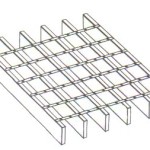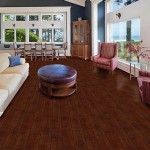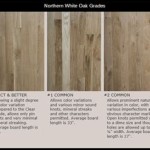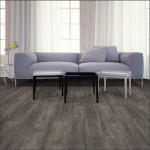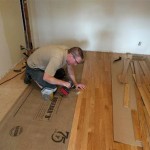Essential Aspects for Choosing the Best Laminate Flooring for Kitchens
When it comes to selecting the best laminate flooring for kitchens, several crucial factors come into play. Kitchens are notoriously high-traffic areas prone to spills, moisture, and heavy usage. Therefore, it's imperative to choose laminate flooring that can withstand these challenges while maintaining its aesthetic appeal.
Durability and Wear Resistance
Kitchen floors endure constant foot traffic, appliance moving, and dropped objects. Opt for laminate flooring with an AC rating of AC3 or higher, indicating its suitability for commercial and residential use. A higher AC rating ensures enhanced resistance to scratches, dents, and wear.
Water Resistance
Kitchens are susceptible to spills and moisture. Water-resistant laminate flooring prevents moisture from penetrating the surface, minimizing the risk of warping or swelling. Look for laminate flooring with a moisture barrier and high water absorption resistance rating.
Slip Resistance
Floor safety is paramount in kitchens. Choose laminate flooring with a textured or embossed surface to provide better traction and prevent slips and falls. This is particularly important in areas where spills or water may occur.
Ease of Cleaning and Maintenance
Kitchen floors must be easy to clean and maintain. Choose laminate flooring with a smooth, non-porous surface that resists dirt and stains. Regularly sweeping, mopping, or vacuuming is sufficient to keep the flooring looking its best.
Aesthetic Appeal
Laminate flooring offers a wide variety of styles and finishes. Choose a design that complements your kitchen decor and creates a stylish and inviting ambiance. From realistic wood-grain textures to modern stone-look patterns, laminate flooring provides ample options to suit any taste.
Additional Considerations
In addition to these essential aspects, consider the following when choosing laminate flooring for kitchens:
- Thickness: Thicker laminate flooring is more durable and can withstand heavy wear and tear.
- Underlayment: Using an underlayment provides cushioning, reduces impact noise, and improves thermal insulation.
- Installation Method: Laminate flooring can be installed as a floating floor (without adhesive) or glued down. Floating floors are easier to install but may be less stable over time.
- Warranty: Look for laminate flooring with a comprehensive warranty covering wear, fade, and moisture resistance.
By carefully considering these factors, you can choose the ideal laminate flooring for your kitchen that combines durability, functionality, and aesthetic appeal. Remember to consult with a professional flooring expert if you have specific requirements or need assistance with installation.

5 Best Laminate Flooring For Your Kitchen

The Best Kitchen Floors On A Budget Flooring

Best Flooring For Kitchens Kitchen Ideas Tapi

Best Kitchen Flooring Options 2024 Guide Forbes Home

13 Ideas For Upgrading Your Kitchen Floors Extra Space Storage

2024 Kitchen Flooring Trends 20 Ideas To Update Your Style Inc

The Best Waterproof Flooring Options Inc

Best Wood Flooring For Kitchens Blog Floorsave

Types Of Laminate Flooring The Home Depot

Types Of Laminate Flooring The Home Depot
Related Posts


